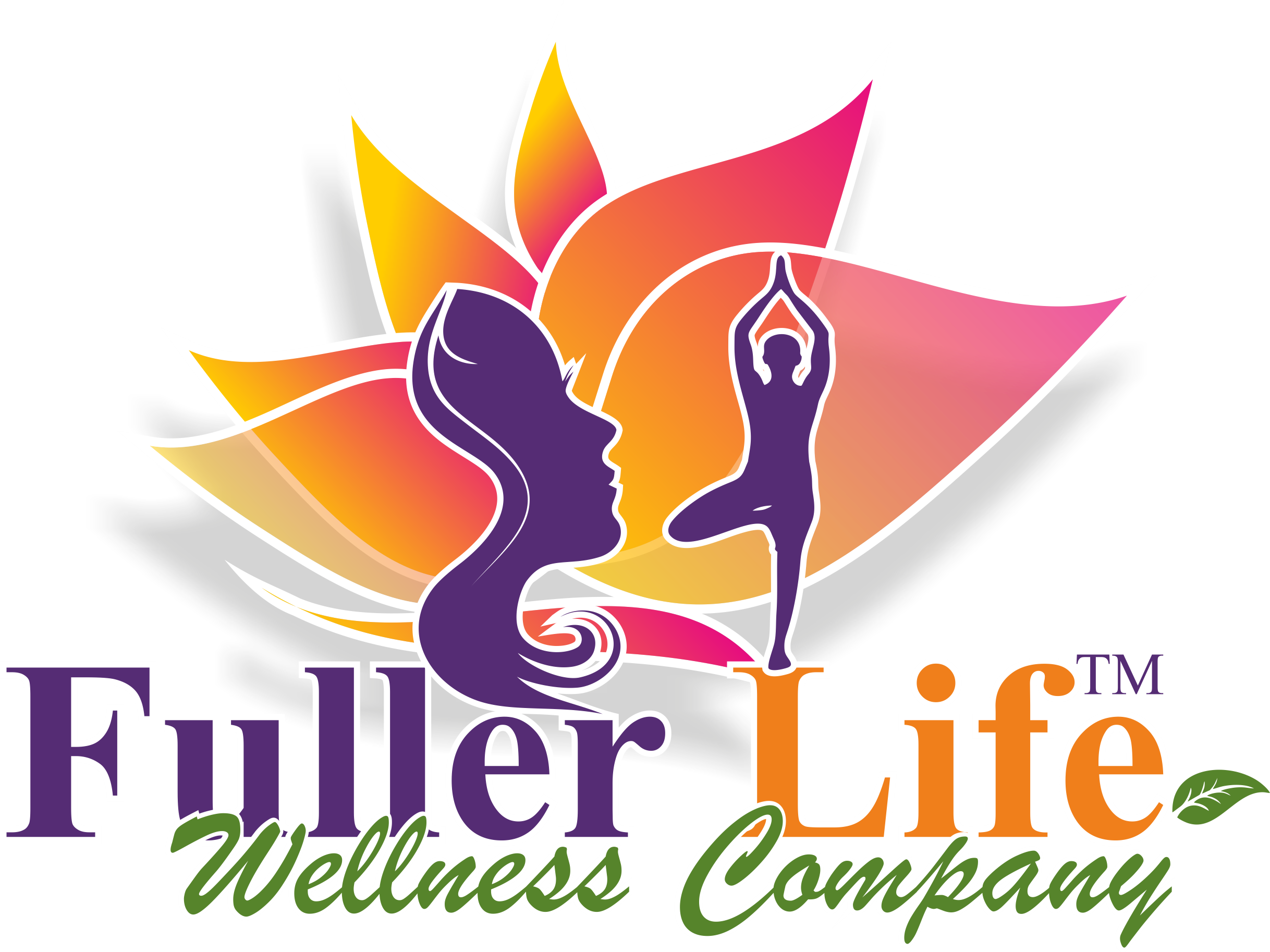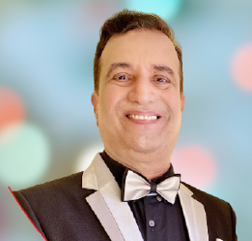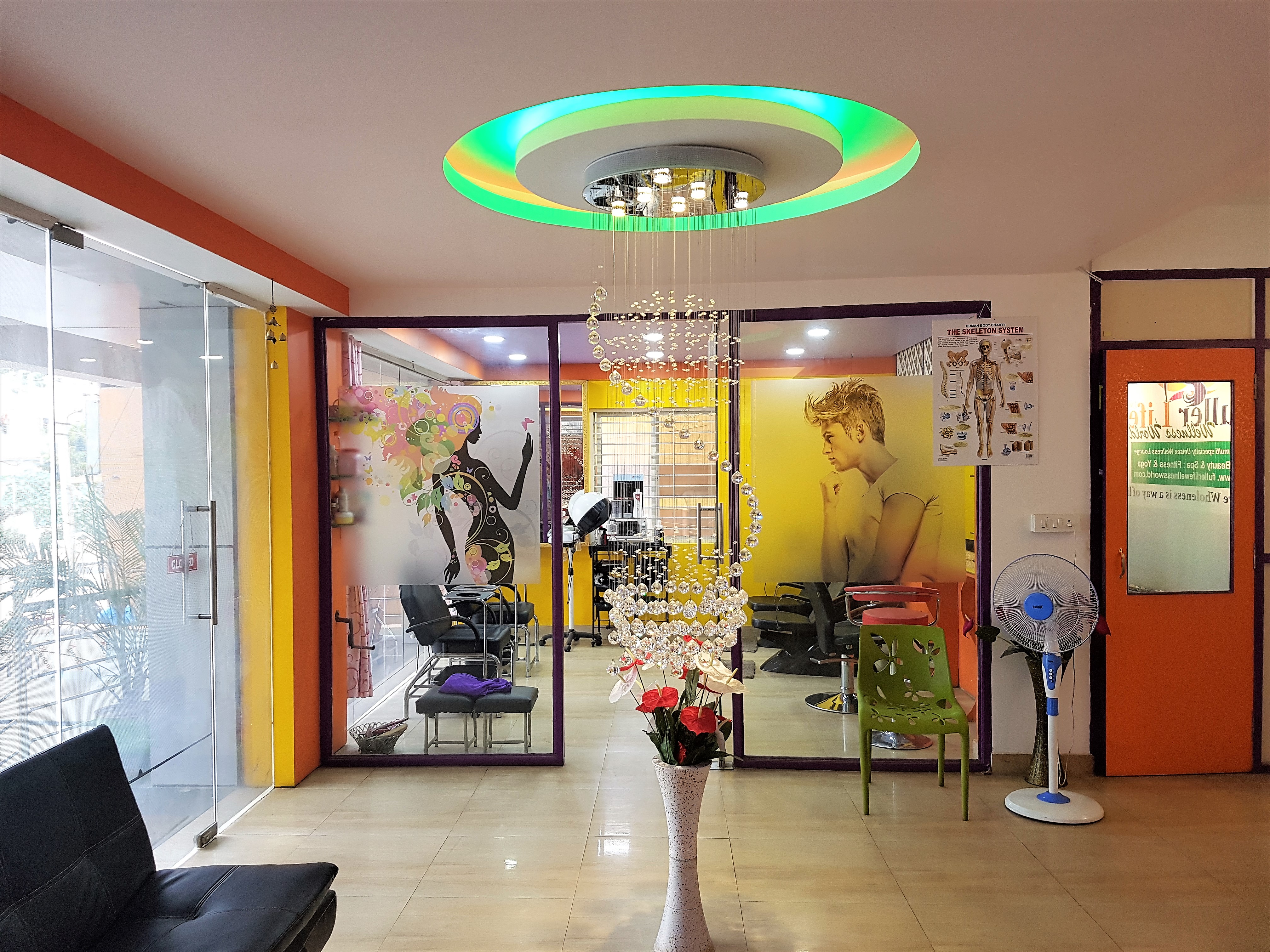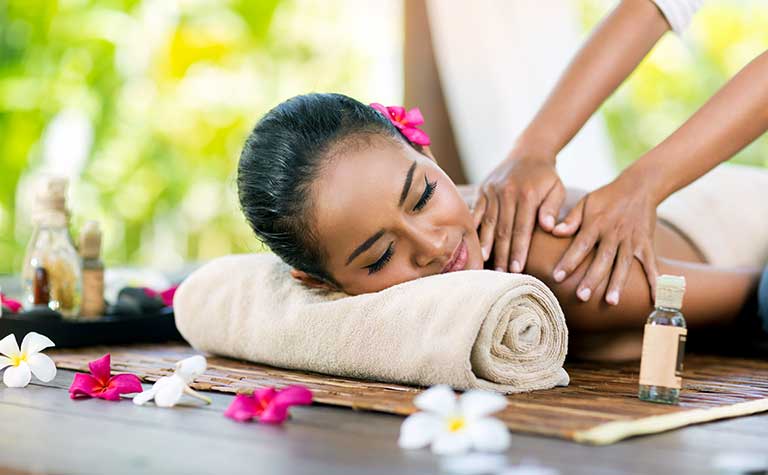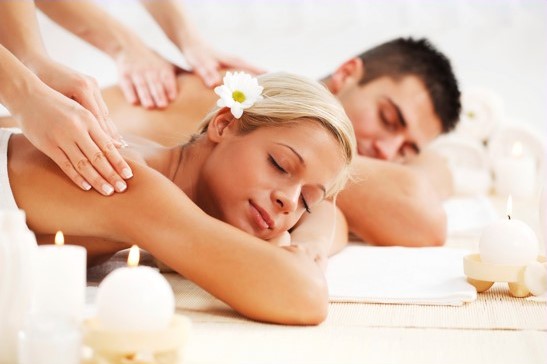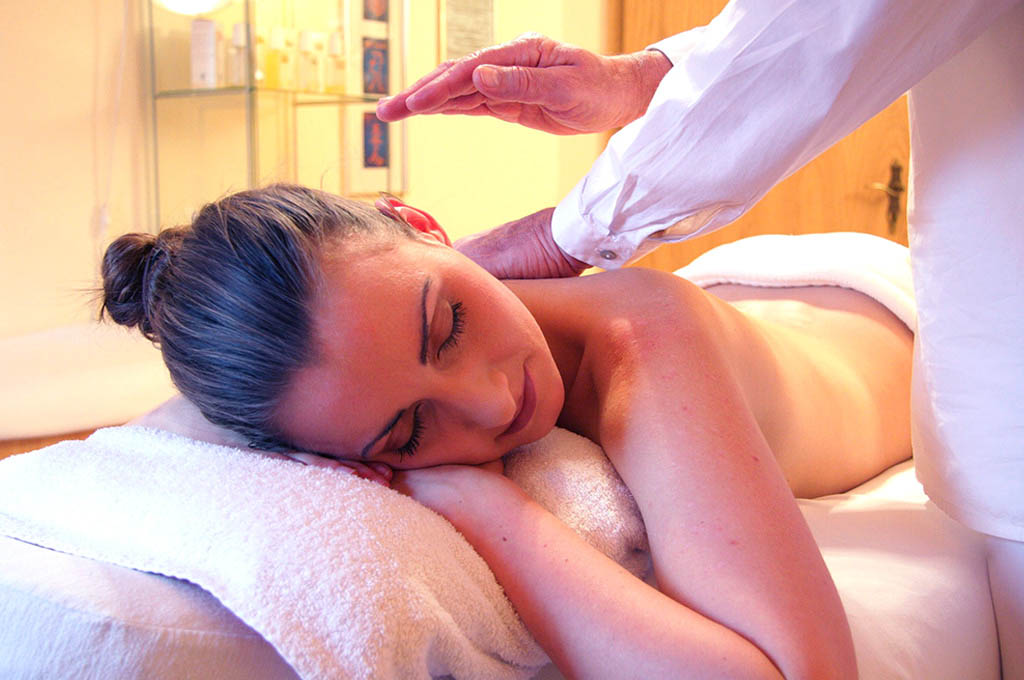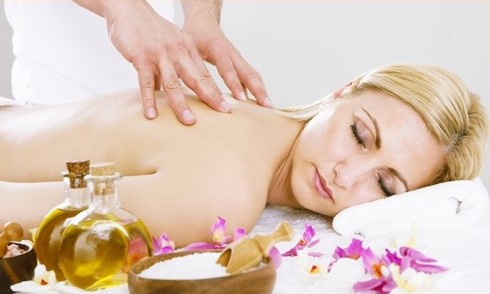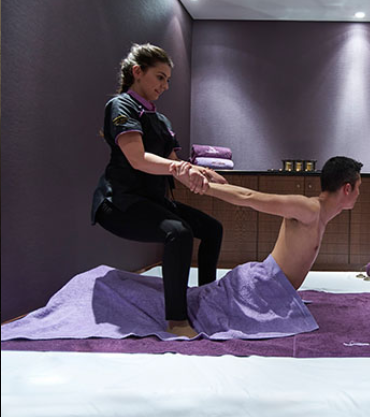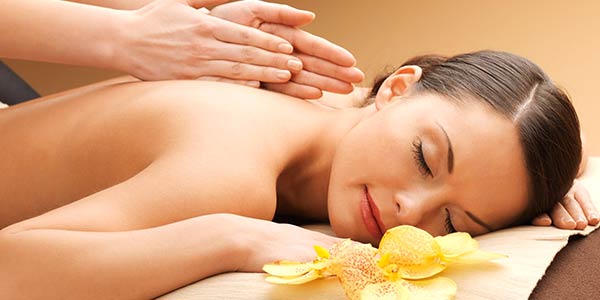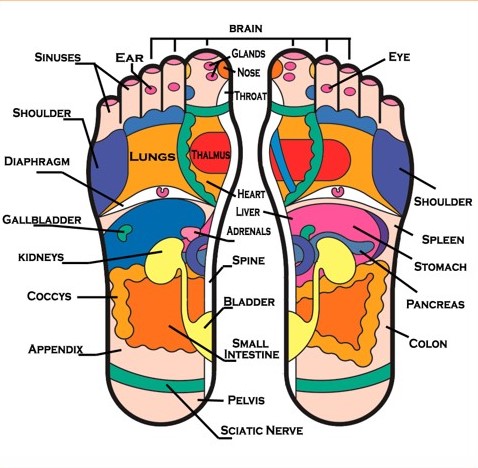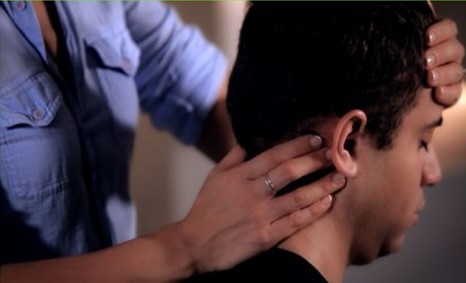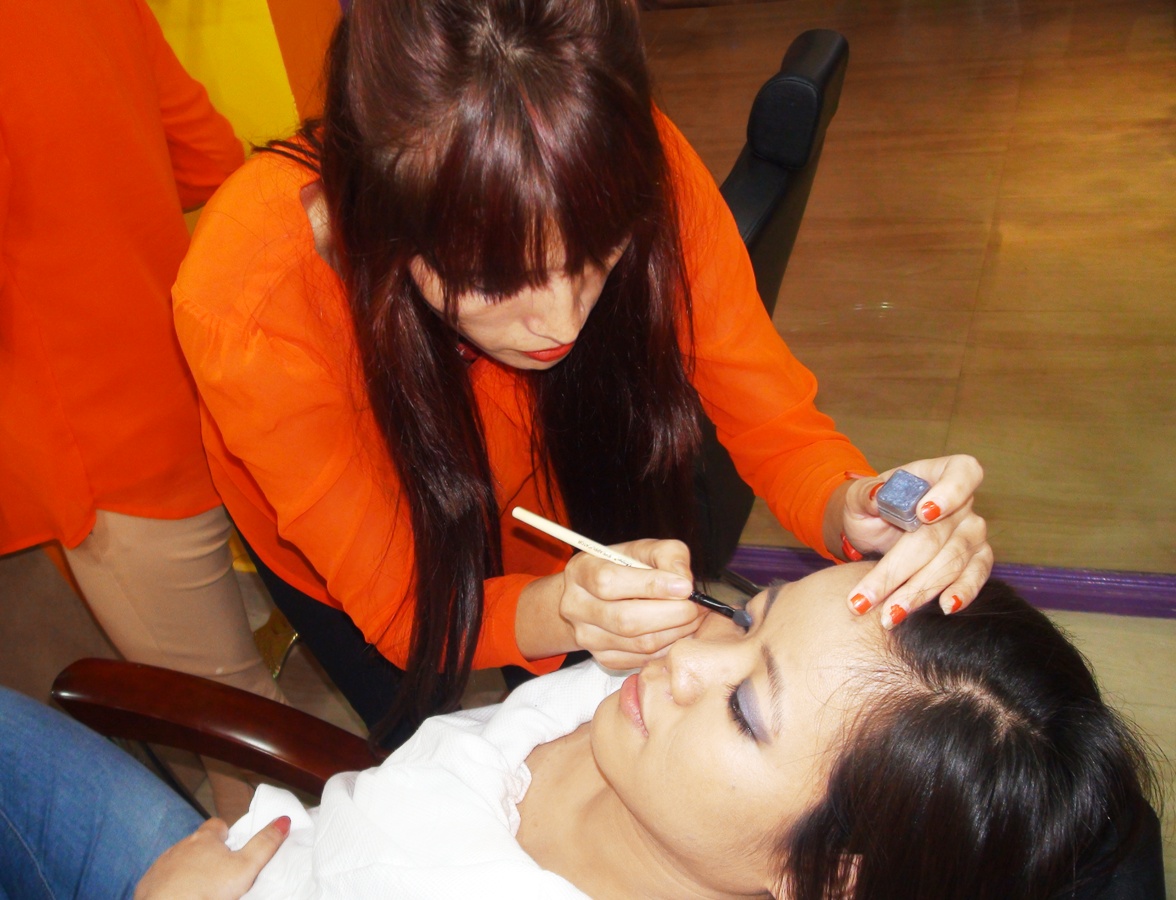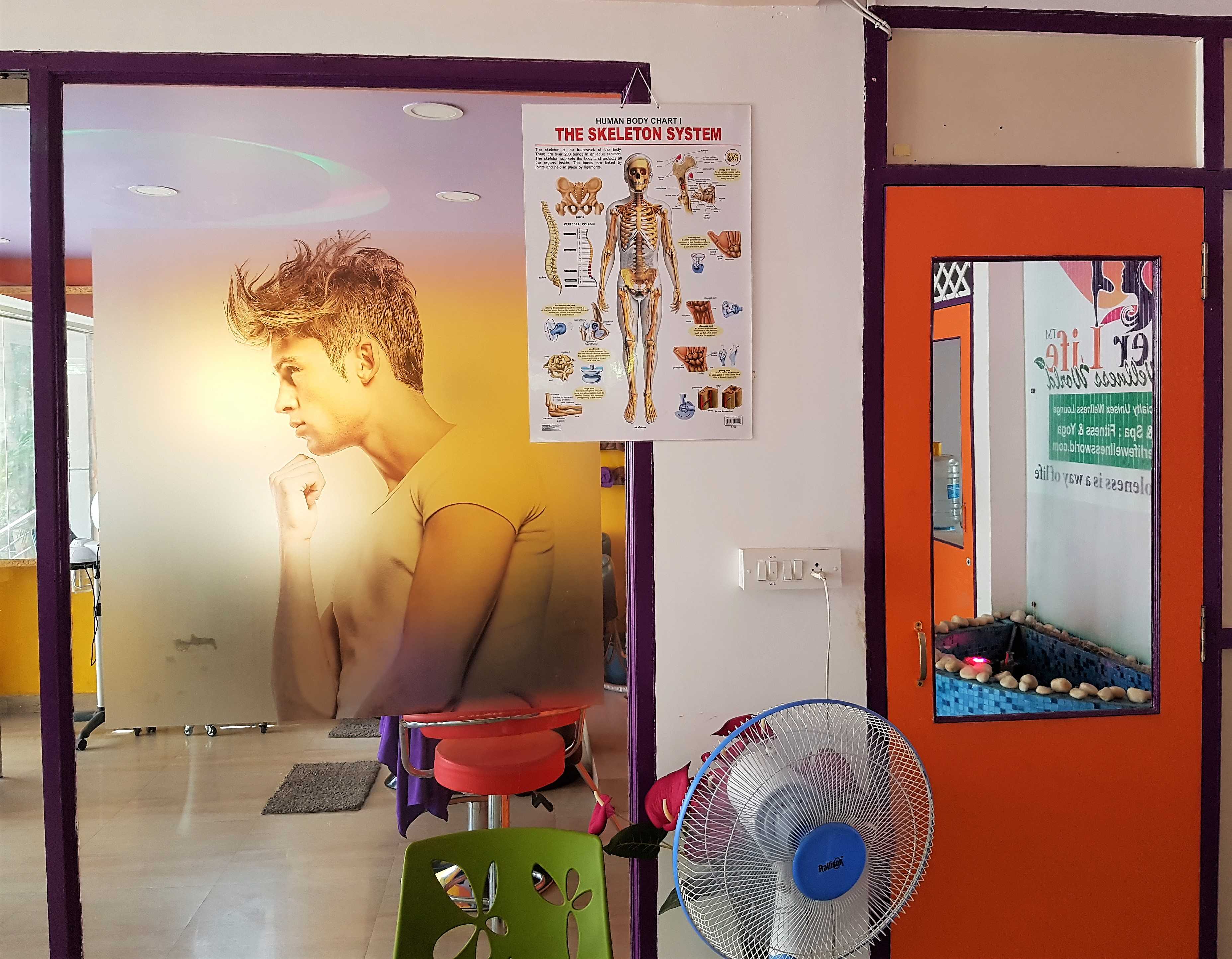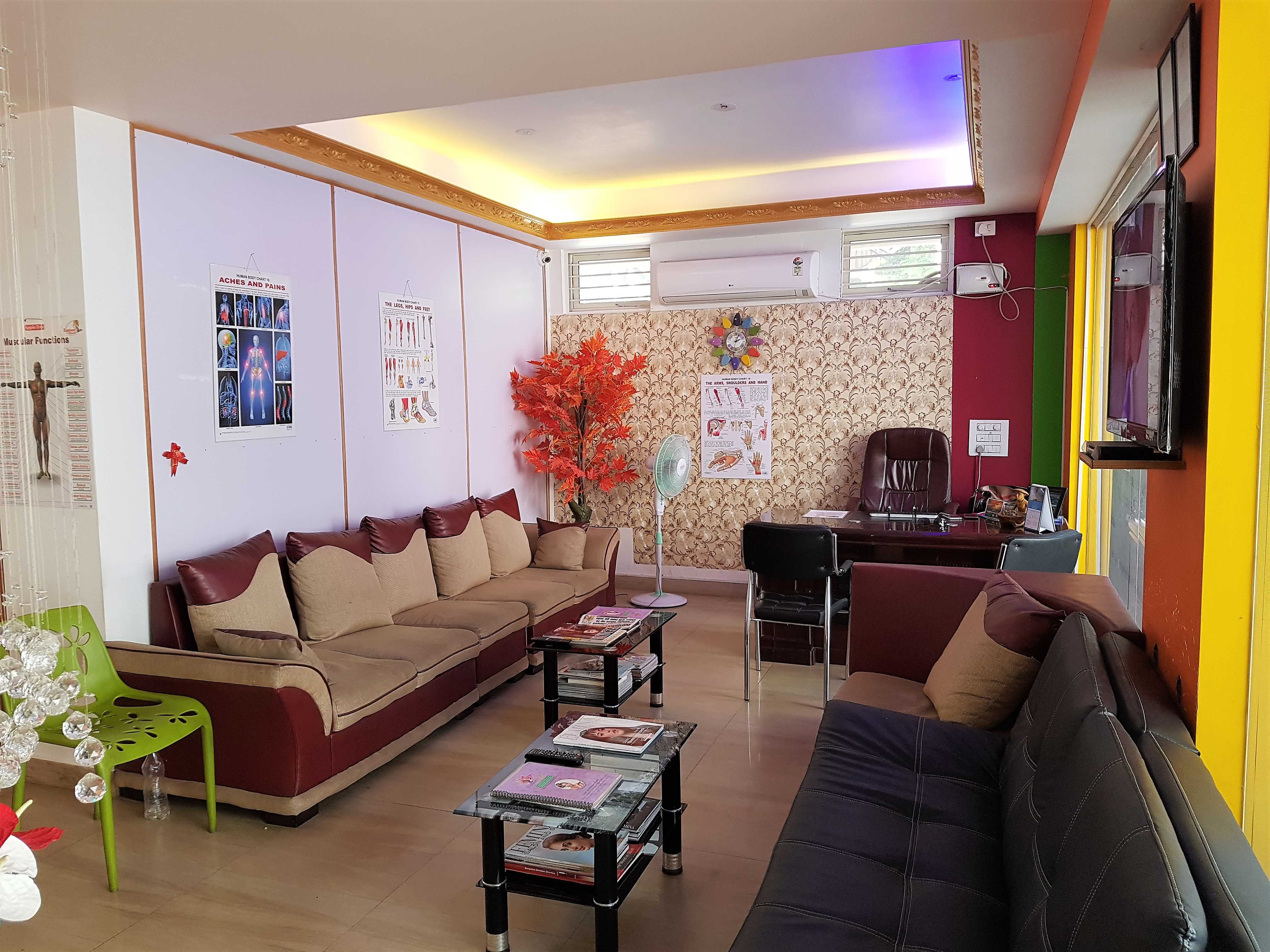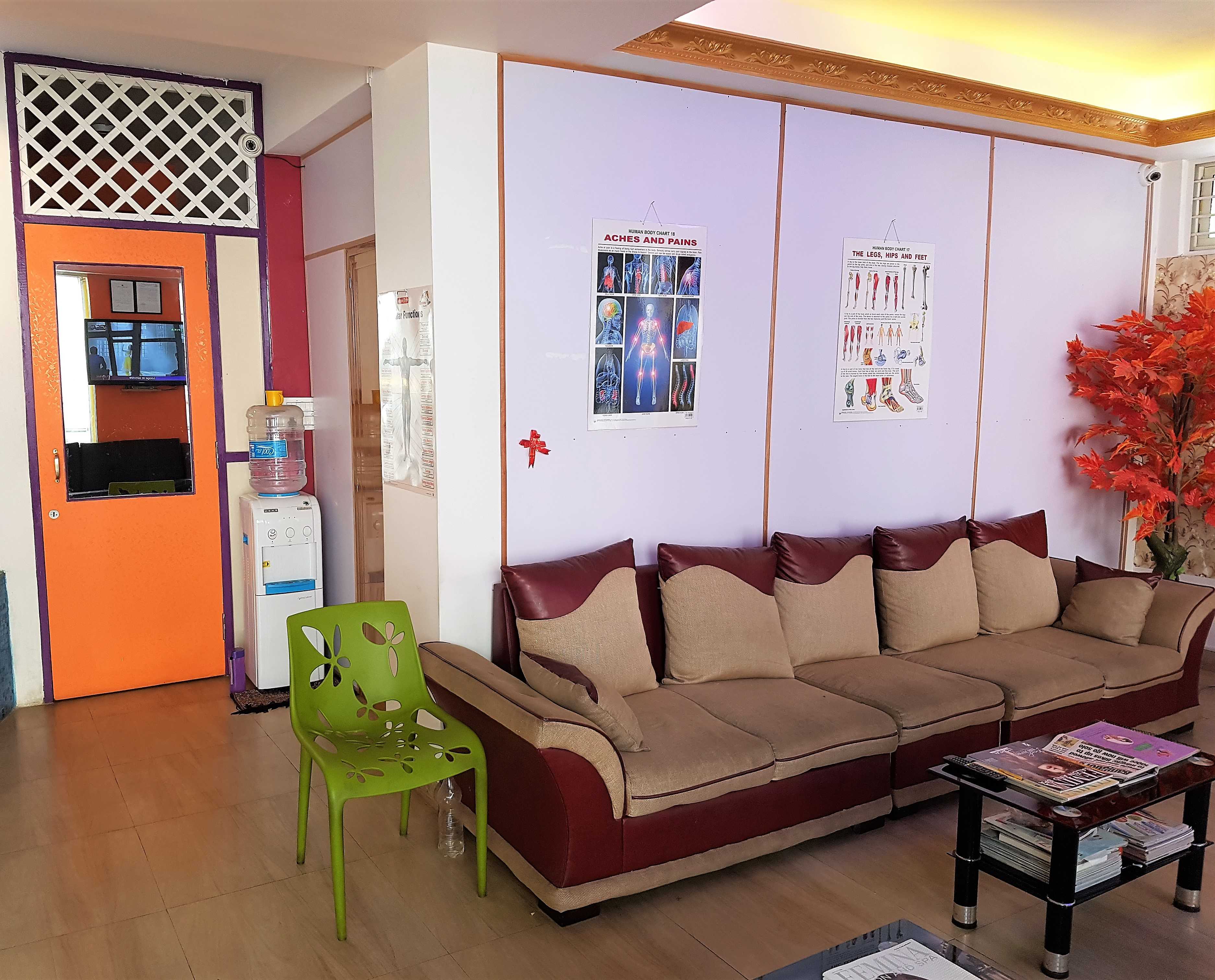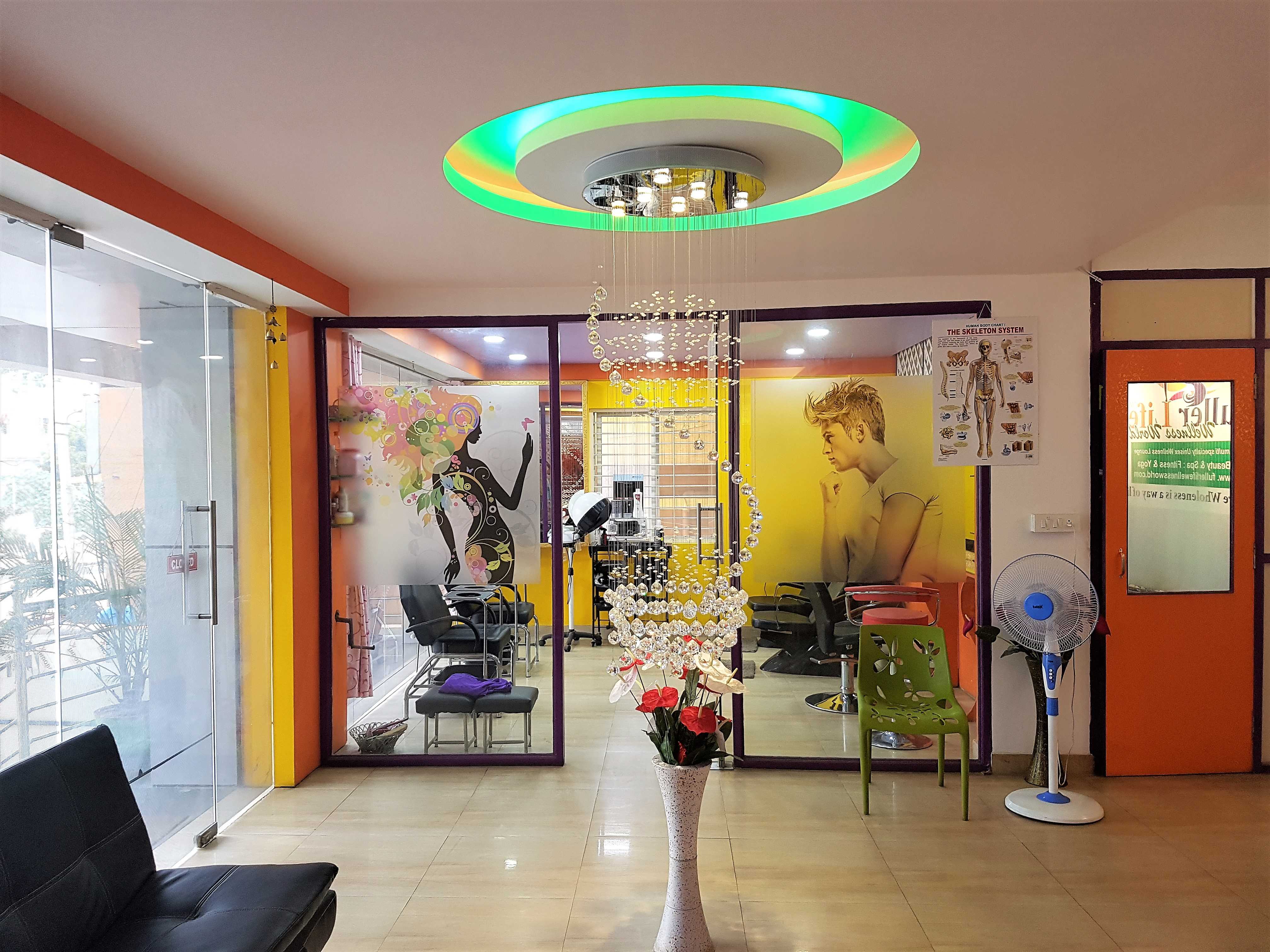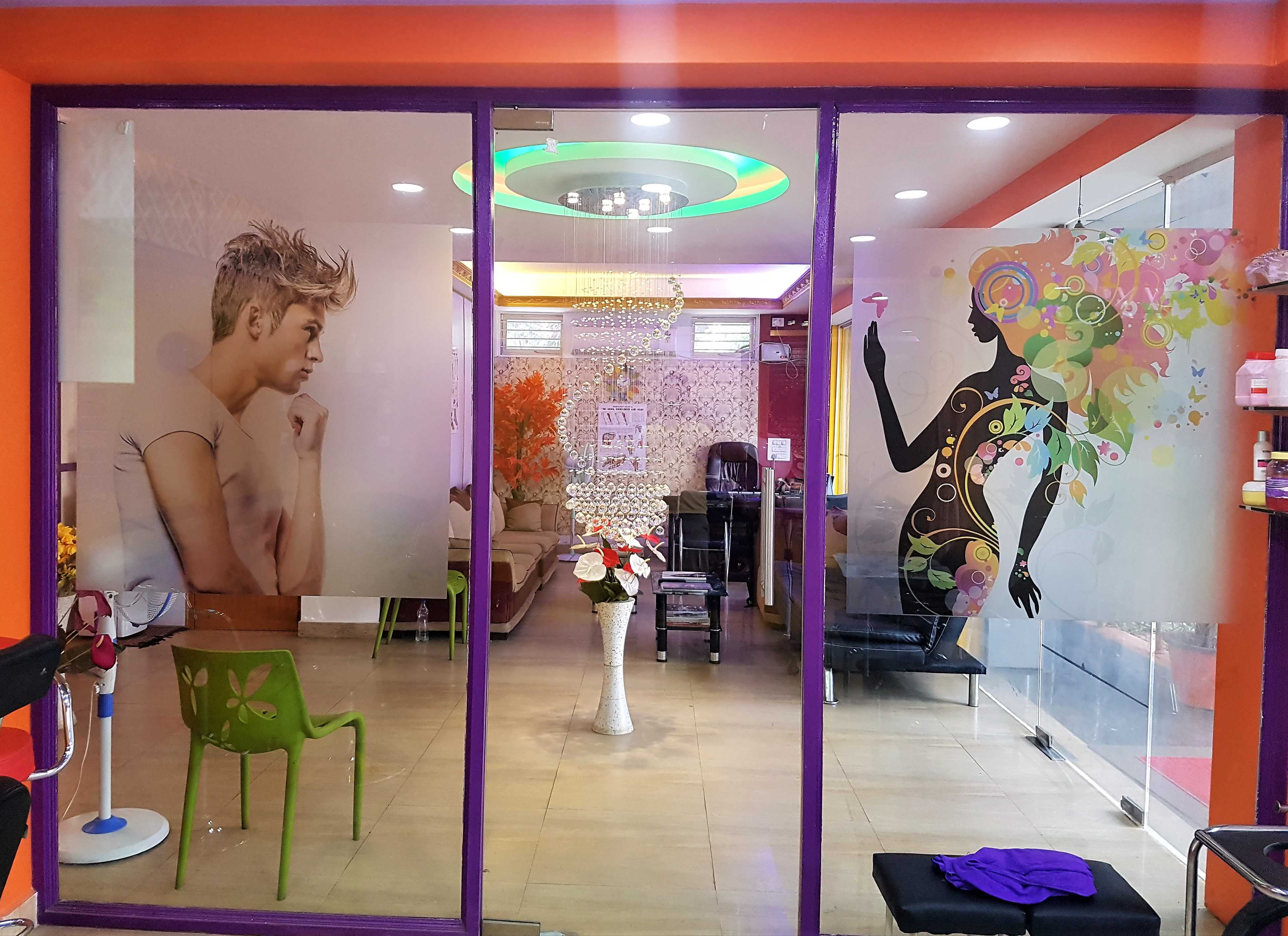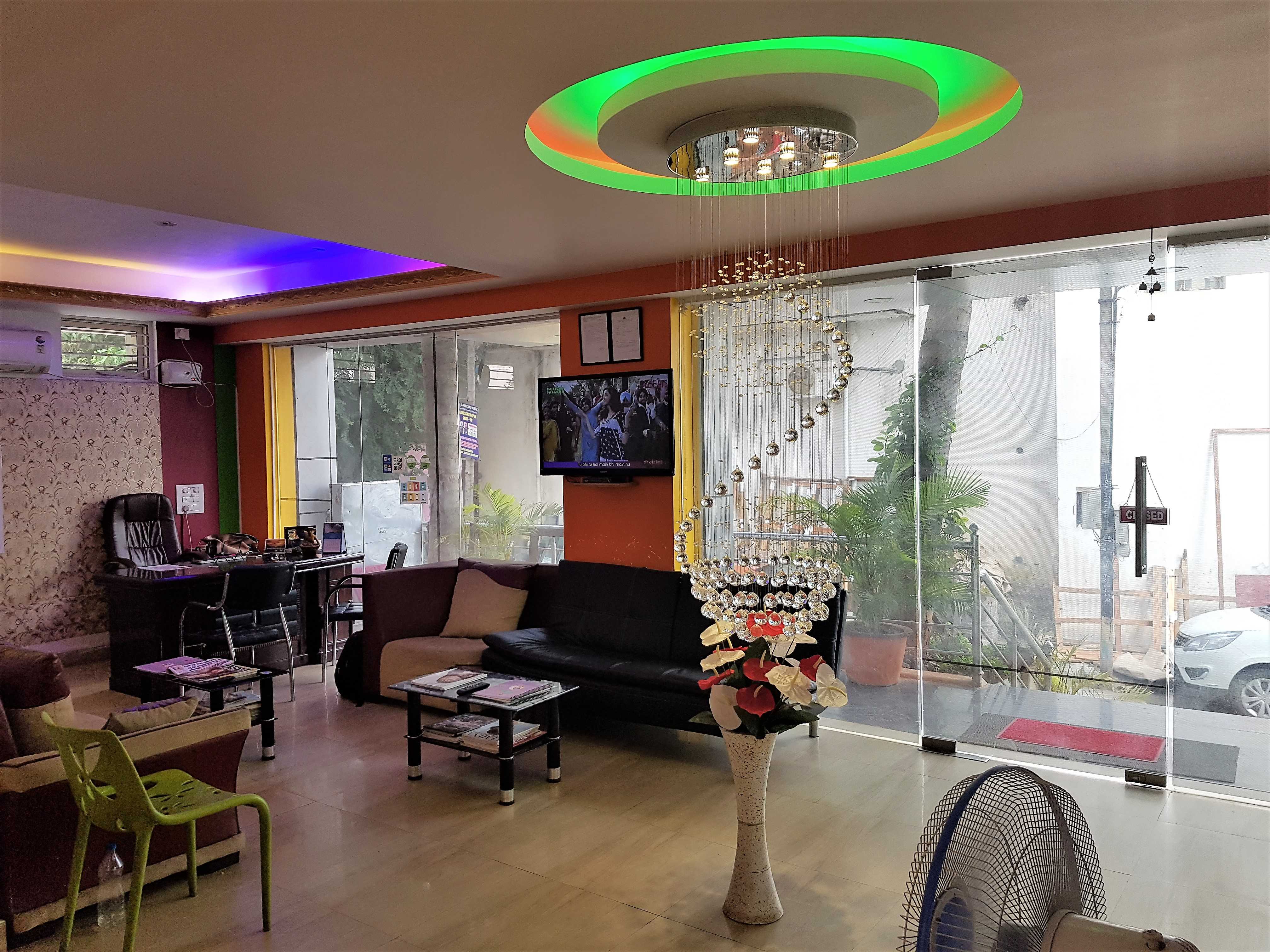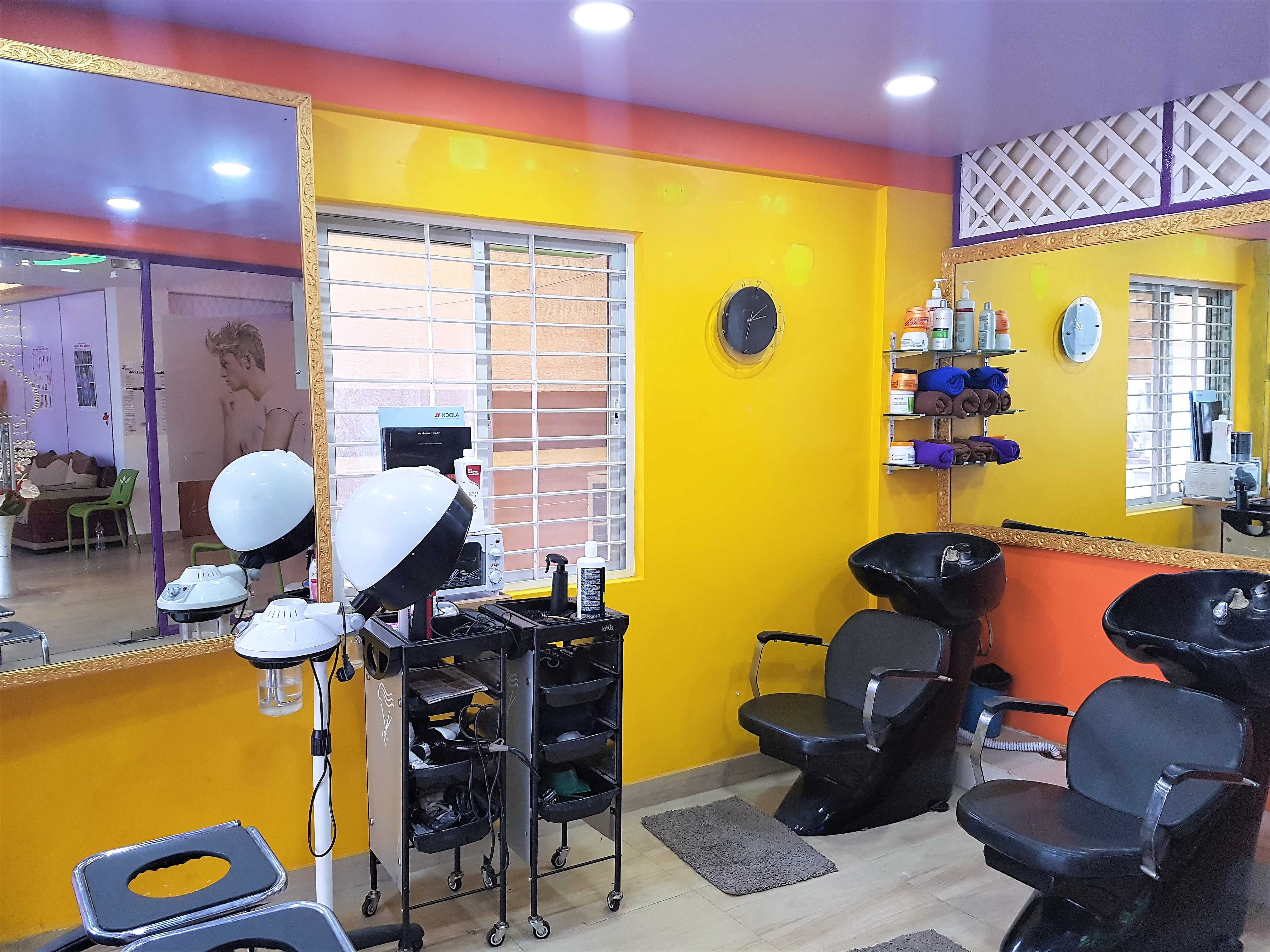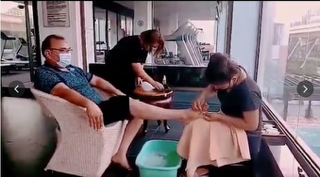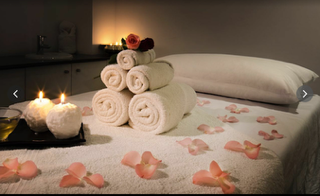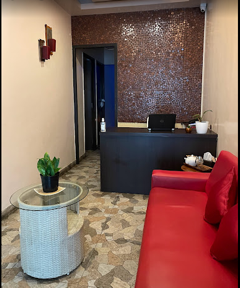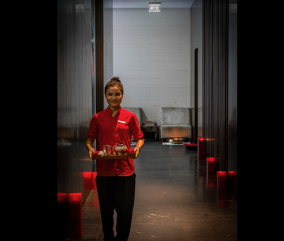1) Muscular system
When you reflect that the muscles constitute one half of the bulk of the body, and receive one fourth of all the blood supply of the body, you realize that any procedure which acts directly on them must have a decided influence on the whole body. When properly administered, massage produces a suction, or pumping effect, pressing forward the contents of the veinous and lymph channels, creating a vacuum to be filled by a fresh supply of fluid derived from the capillaries. Plainly speaking, massage (specifically flushing techniques such as friction and manual lymphatic drainage) refreshes the supply of oxygenated blood to the tissues it acts upon, clearing painful chemicals such as bradykinin, histamine and substance P, lactic acid, eicosanoids, nitric oxide, adenosine, cytokines, and others [1]. This, simply put, removes the source(s) of pain and increases comfort and proper function (including strength and endurance) through relaxation of the muscular fibers and better circulation within them.
2) Skeletal and ligamentous
Massage can influence such harder structures such as bones and ligaments (the connective tissue structures attaching bone to bone). Bones have essentially the same blood supply as their overlying muscles. The blood vessels' and lymphatics' flows are largest(peripherally) in the vicinity of the joints. The change of fluids affected by joint movements resulting from the action of the muscles upon the bones necessarily produces an increase in the nutrition to these areas which then assists increased growth in the ligaments and other structures of the joints
3) Circulatory:
General massage increases the rate and force of the heartbeat, as does exercise, with the difference that it does not raise arterial tension or stimulate the neuromuscular junction as does active exercise, and it does not accelerate the heart to the same degree though it produces a full strong pulse. This is due in part to the influence of
massage mainly affecting peripheral circulation. Friction (rubbing techniques) acts mainly on superficial veins while deep kneading (deep tissue and rolfing techniques, etc.) act on deeper vessels also. The effects of massage are marked in lymphatic vessels as well. Lymph vessels drain the tissues of waste and toxic substances. They are most abundant in subcutaneous tissue and in the fascia which coat and lie in between muscles. These vessels are mechanically affected (flushed) with friction and kneading techniques.
4) Respiratory:
Massage, as in exercise, increases the depth of the respiratory movements. This is in some measure due to the parasympathetic reflexive influence of massage, but it is also be attributed in part to its effect in bringing the circulation waste products requiring elimination through the lungs, and increasing oxidation, or CO2 production, which necessarily accompanies the increased heat production resulting from the effect of massage on the muscles (from friction and increased muscular metabolism). Massage is an efficient means of positively affecting tissue metabolism, by which oxygen is absorbed by the tissues and CO2 taken up by the veinous blood. This process takes place chiefly in the muscles through oxidation of glycogen, of which they contain one-half of the bodily store.
5) Psychological:
There are also psychological benefits to getting a massage, mainly relaxation and peaceful frame of mind. Some of this can be attributed to the aforementioned benefits. There is also the simple act of releasing tension and allowing the body and mind to "let go", relax and breathe.
There are many specific applications of manual therapy to achieve certain physiological goals, such as manual lymphatic drainage to affect local swelling versus deep tissue massage, Active Release, Thai massage or Rolfing to break up fascial/tendinous adhesions, versus trigger point therapy or myofascial release to address specific types of tension within specific muscles or myotatic groups. Each technique has its functional directives. Many different disciplines of medicine utilize massage/manual therapeutic techniques to achieve certain goals. These get more specific with advanced techniques.
Resources:
[1] "Essentials of Pain Medicine, 3d Edition"; Elsevier, 2011; Benzon,Raja,Liu,Fishman,Cohen; 2:2, pgs.8,9. [2-4] "Art of Massage", Health Research, 1975; Kellogg, MD, pgs. 23-31
